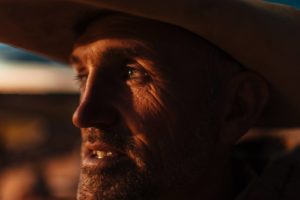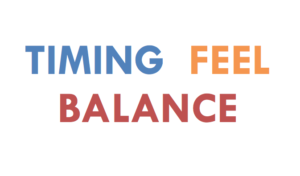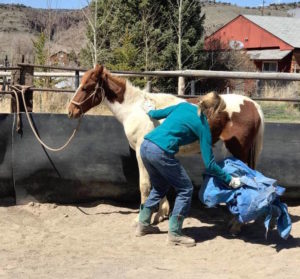In a recent BestHorsePractices post, we wrote about Why Riding is the Hardest Thing in the World to Do. It discussed the challenges of thinking, balancing, and connecting with your equine partner.
 We then heard from several clinicians who talked about the challenges of nurturing that complicated, multi-faceted horse-rider partnership and communicating effectively enough to be understood and appreciated.
We then heard from several clinicians who talked about the challenges of nurturing that complicated, multi-faceted horse-rider partnership and communicating effectively enough to be understood and appreciated.
West Taylor, who with Dr. Steve Peters will present at the Horse Science Seminar next month in Park City, helped articulate the challenges.
Taylor shared these thoughts:
My horse training program broken down to its simplest form is: Pressure, Release, and Seeking Relief.
- Pressure motivates the horse to “find something.”
- Release tells the horse “you have found the answer.”
- Allowing the horse the time to “seek relief” after the release of pressure puts it together with a reinforcing dose of dopamine.
 From the time I release pressure, that horse is the seeking relief. I don’t know how much value there would be in the release if there weren’t time for that relief. However, if at that time the horse and rider are in a getting-something-done situation, then it’s different. As horsemen, we tend to toggle between these two situations.
From the time I release pressure, that horse is the seeking relief. I don’t know how much value there would be in the release if there weren’t time for that relief. However, if at that time the horse and rider are in a getting-something-done situation, then it’s different. As horsemen, we tend to toggle between these two situations.
I focus on Timing, Balance, and Feel.
Read more about Mastering the Elements here.
There is timing with pressure, timing with release, and timing with balance.
What does the balance of pressure mean? That’s knowing for example when to put on a little pressure and when to add more.

West Taylor’s client at work with her horse
Feel is everything, right?
As in:
- What do I feel like this horse needs right now?
- What’s the feel in watching the horse seek relief?
I might ask a horse at liberty to walk across a tarp. The feel to me here is in the observing and reacting:
- Do I have to step back one step, two steps, five steps?
- What do I need to do for the horse to be able to do what I’m asking it to do?
Will I need to take two big steps away in order for it to lick and chew?
That’s the feel to me. I see a lot of clients that miss the feel. What I want my clients to find is that feel, that observation. Rather than tell them A, B, and C, I’ll ask them, ‘What did you see?
With clear communication, you will see the results. But can the clients see it?
When something happens with the horse, I like to say:
- How did you cause that?
- What did you not support?
- What did you not adjust to?
From a pro-active standpoint, we need to see how we set it up or how we got in the way. How did we cause an action or behavior? I just keep asking them. Often clients just don’t know. That’s why they are here. That’s what they learn. Teaching horsemanship is the most masterful game of chess that we can play. It’s leading the horse and person to the right moves.